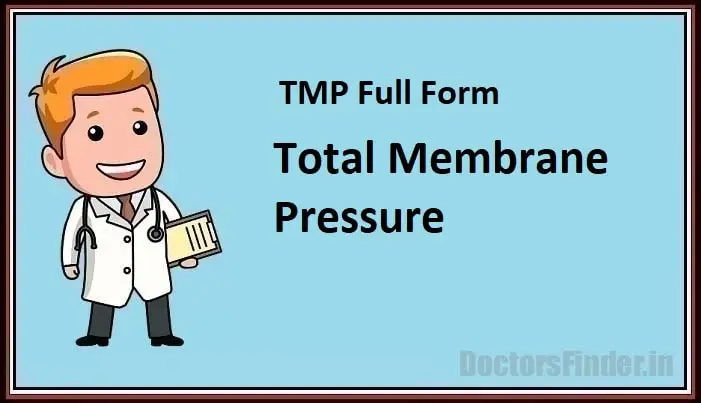The full form of VSR in medical term is “Ventricular septal rupture.”
Ventricular septal rupture (VSR) is quite rare but potentially life-threatening condition that occurs when a hole in the wall separates the two lower chambers of the heart, known as the ventricles. The hole allows blood to flow between the two chambers, which can cause various symptoms and complications.
Several factors, including heart attacks, trauma, infections, and congenital heart defects, can cause VSR. In some cases, the condition may develop as a complication of surgery or other medical procedures.
The symptoms of VSR can vary depending on the size and location of the hole, as well as other factors. Some individuals may experience no symptoms, while others may experience severe symptoms requiring emergency medical attention.
The treatment of VSR will depend on the severity of the condition and the individual’s overall health. Sometimes, the condition may be treated with medication to manage symptoms and prevent complications. More severe cases may require surgery to repair the hole in the heart.

If left untreated, VSR can lead to various complications, including heart failure, arrhythmias, and pulmonary hypertension. These complications are life-threatening and may require emergency medical intervention. Prevention includes managing underlying medical conditions like high blood pressure or diabetes.